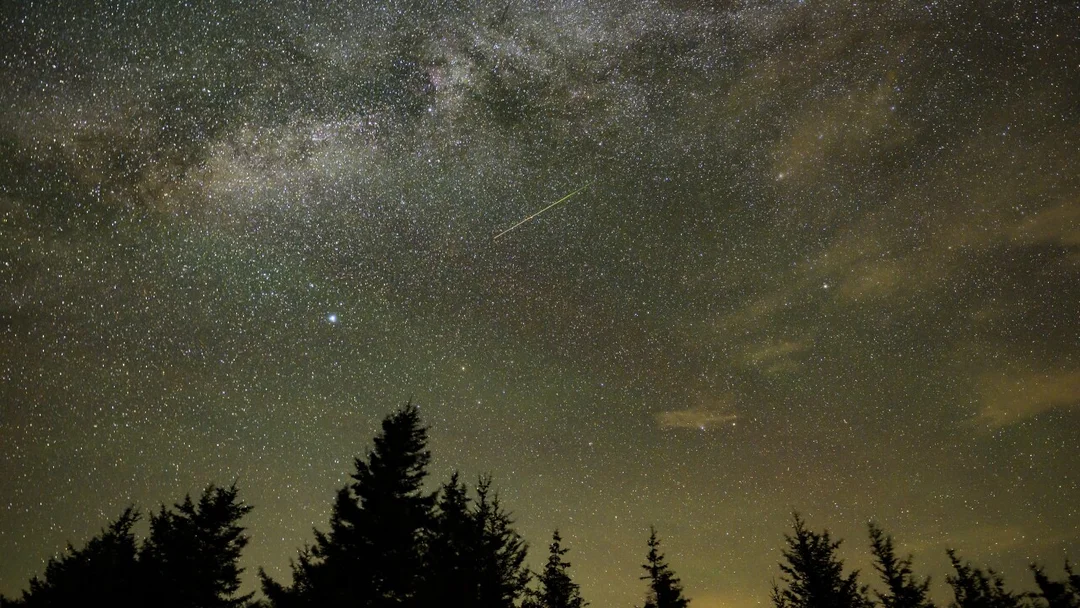
Don’t Miss the Milky Way! Best Viewing Dates and Locations This Weekend
Get ready for a spectacular celestial show! This weekend, under the right conditions, you could witness the breathtaking beauty of the Milky Way galaxy. With a new moon and favorable positioning of the Earth, Memorial Day weekend presents a prime opportunity for stargazers across the US, especially in California.
Why This Weekend?
According to Stephen Schmidt, a PhD student from Johns Hopkins University, the timing is perfect. "When the moon is very bright, that can make seeing lots of stars, like the Milky Way, very difficult," Schmidt explains. "But around Memorial Day weekend this year, there's going to be a new moon, which means that the Moon is not going to be up at night." This absence of moonlight creates a much darker sky, allowing the faint light of the Milky Way to shine through.

Prime Viewing Time and Locations
The best viewing window stretches from May 20th to May 30th, aligning with the period between the last quarter moon and the new moon. The darkest hours, typically between midnight and 5 a.m., will offer the most pristine views. Consider venturing to darker locations away from city lights. Assateague Island, MD or other designated "dark sky sites" are excellent options for those willing to travel. If a long drive isn't feasible, utilize light pollution maps to find areas with minimal artificial light in your region.

How to Spot the Milky Way
Look towards the southeast and scan across the southern sky. The Milky Way often appears as a faint band of light stretching across the heavens. Science news website LiveScience.com suggests locating the "Summer Triangle", "a shape formed by three bright stars" that spans across the Milky Way. In California, clear skies are predicted, making stargazing conditions very promising. Don't miss out on this incredible opportunity to witness our home galaxy in all its glory!
Understanding the Milky Way
Our home galaxy, the Milky Way, is a sprawling disc of stars spanning over 100,000 light-years. As a spiral galaxy, it features a rotating disc curving outward from a dense central region. Earth is situated along one of the galaxy's spiral arms, roughly halfway from the center. Catching a glimpse of this majestic structure is a reminder of our place in this vast cosmos.
Will you be heading out this weekend to view the Milky Way? Share your planned viewing locations and tips in the comments below!